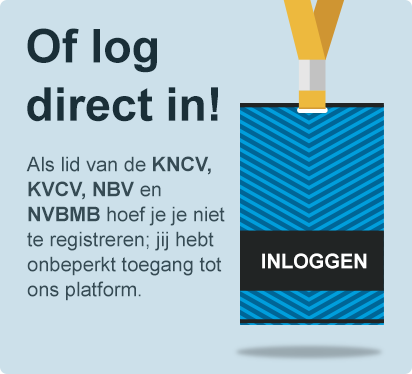Roy van der Meel – Making your own tailor-made drugs

Imagine being able to make your own drugs. Roy van der Meel is investigating whether he can use natural building blocks such as fats to transport mRNA codes around the body. In the future, he hopes to be able to give patients tailor-made treatments by literally making their own medicine.
Verder lezen?
Maak eenvoudig een gratis profiel aan.
- krijg toegang tot ons online archief met meer dan 10.000 artikelen over chemie, life sciences en procestechnologie;
- kijk webinars live mee of later terug, lees exclusieve online-only content en plaats reacties op artikelen;
- ontvang elke week onze nieuwsbrief C2Weekly in je mailbox met nieuws en ontwikkelingen zodat je altijd up-to-date bent.
Als lid van de KNCV, KVCV, NBV, of NVBMB heeft u onbeperkt toegang tot deze site, u kunt hier inloggen.







